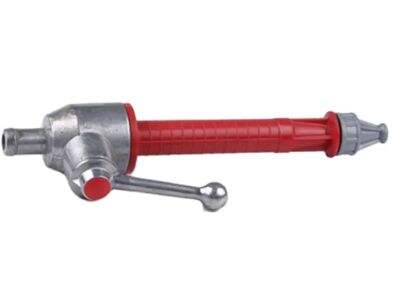Storing Fire Hoses in Difficult Conditions
When storing fire hoses in challenging environments, there are a few things that are key to remember. It’s important to keep fire hoses in a cool, dry space out of direct sun. It will be of benefit in keeping the hoses from wearing out and breaking down over time. On top of all of this, a fire hose should not be stored in such a way that it becomes kinked, for this can cause weak spots that can fail upon use. And lastly, it is a good idea to periodically check fire hose in storage for any obvious signs of damage or wear.
Increasing the service life of fire hoses in hard environments
It needs a good deal of care and attention is required to maintain fire hoses in such conditions. There’s one big strategy: to adhere to the manufacturer’s recommended maintenance and inspection plans. This can consist of something as simple as pressure-testing, a visual inspection and lubrication of couplings. Further, the worn or broken parts must be replaced to keep the machine from wearing faster. You want to be sure your fire hoses work when you need them and keeping up on maintenance checks is a good way to do it.
Safeguarding Fire Hoses from Damage
To protect fire hoses against damage in rugged conditions, nothing beats a little prevention. This Garden Hose could involve hose ramps (to keep vehicles from rolling over hoses), winding hoses on a reel or securing them in a hose bed to prevent kinking, and avoiding sharp edges or rough areas that could lead to abrasion. It is also critical to educate staff about proper care and use of fire hoses so as to reduce the damage caused taking them into use.
How To Make Sure Fire Hoses Are Prepared in Even the Toughest Environments
Last but not least, some potential suggestions that could help your fire Fire Hose Reel remain ready to go when venturing into the elements. First off you should be routinely testing your hoses to catch anything that may have developed before it gets out of hand. This might involve carrying out flow tests, ensuring couplings are not loose or that hose length is damaged. Last but not least, make sure that you have a regular schedule for maintenance to keep your hoses in shape. By following these suggestions, you can feel more comfortable knowing that your fire hoses will work when they are needed most!

 EN
EN
 AR
AR
 FR
FR
 DE
DE
 KO
KO
 CS
CS
 DA
DA
 NL
NL
 FI
FI
 EL
EL
 IT
IT
 JA
JA
 NO
NO
 PL
PL
 PT
PT
 RO
RO
 RU
RU
 ES
ES
 SV
SV
 TL
TL
 IW
IW
 ID
ID
 LV
LV
 LT
LT
 SR
SR
 SK
SK
 SL
SL
 UK
UK
 SQ
SQ
 ET
ET
 HU
HU
 TH
TH
 TR
TR
 FA
FA
 AF
AF
 IS
IS
 MK
MK
 KA
KA
 UR
UR
 BN
BN

